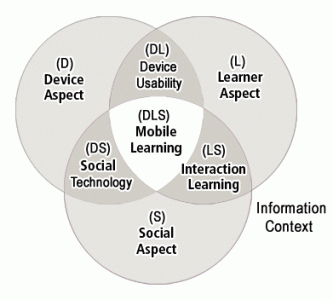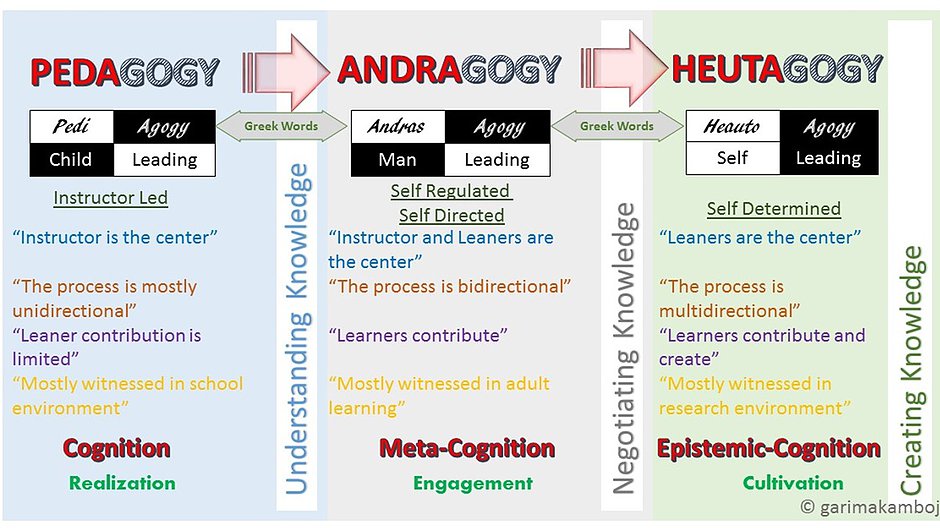TPACK : Proposed by Koehler and Mishra (2005) describes a framework for teacher knowledge for technology integration called technological pedagogical content knowledge (originally TPCK, now known as TPACK, or technology, pedagogy, and content knowledge). TPACK is an approach that treats teaching as an interaction between what teachers know and how they apply what they know in the unique circumstances or contexts within their classrooms.
A small video explaining TPACK:
https://www.youtube.com/watch?v=EmRw_wARuMk
FRAME model: Proposed by Koole (2009), the Framework for the Rational Analysis of Mobile Education (FRAME) model describes mobile [mobile refers to movable] learning as a process resulting from the convergence of mobile technologies, human learning capacities, and social interaction. It addresses contemporary pedagogical issues of information overload, knowledge navigation, and collaboration in learning. This model is useful for guiding the development of future mobile devices, the development of learning materials, and the design of teaching and learning strategies for mobile education.
Framework for creative pedagogy : Cochrane , Antonczak, and Narayan (2014), overview the development of a framework for creative pedagogies that harness the unique affordances of BYOD. Their framework is essentially a blend of several interrelated learning frameworks. The authors align various frameworks with the unique affordances of mobile social media to come up with a simple framework for designing new course activities and assessments that leverage new pedagogies. The authors apply the PAH continuum (below) aligned with the levels of the SAMR framework and three levels of creativity to show the affordances of mobile social media and to provide a curriculum design rubric.




